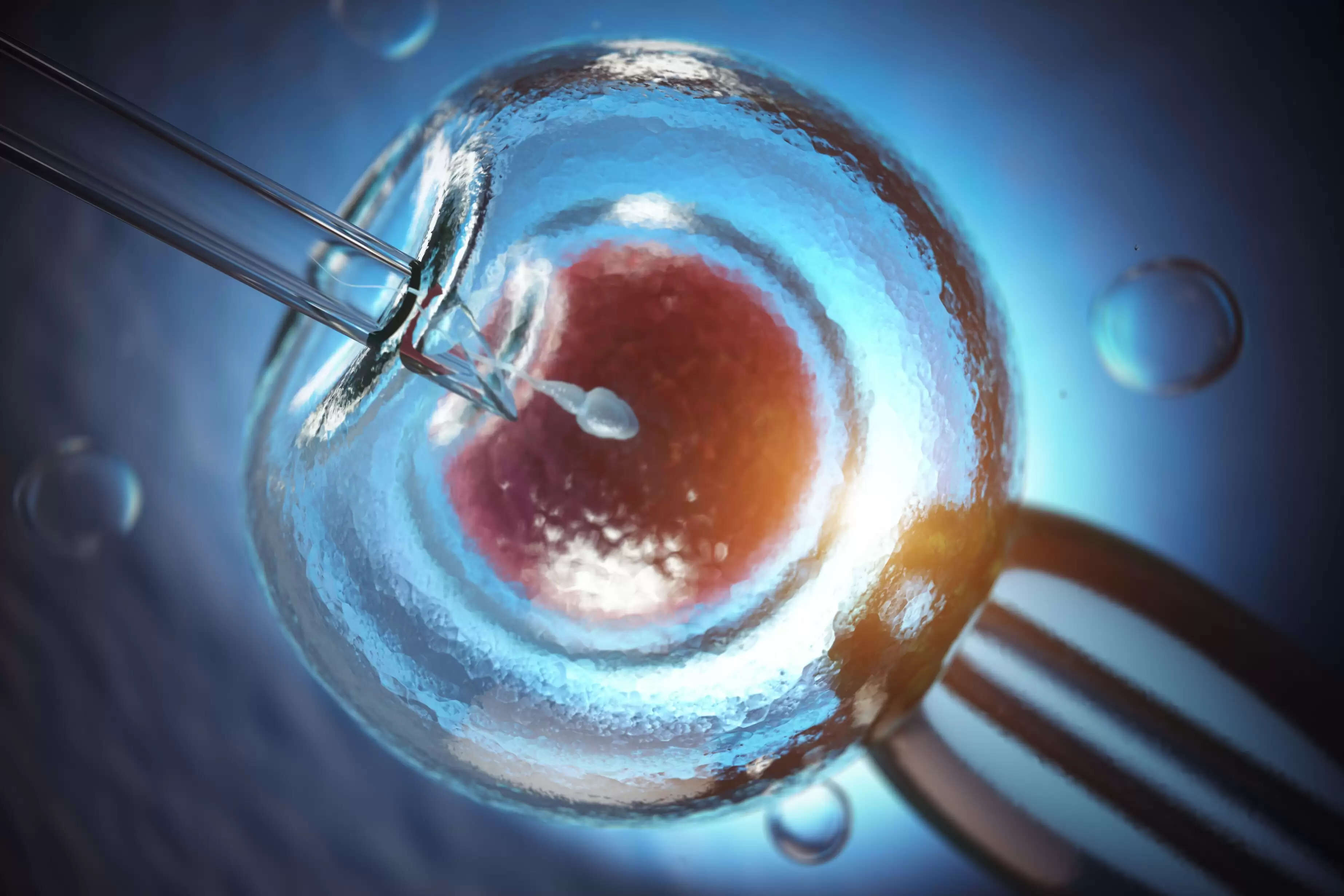In Vitro Fertilisation: Reasons, Process And All You Need To Know
Under in vitro fertilisation or IVF, the fertilization of the egg and sperm takes place outside the human body. It is a lengthy process and women may require multiple rounds in order to conceive.

IVF, short for in vitro fertilisation, refers to a form of assisted reproductive technology (ART) in which the fertilisation of an egg and sperm takes place outside the human body. It is a multi-step procedure that entails the retrieval of eggs from the ovaries and their subsequent manual combination with sperm in a laboratory setting. Following fertilisation, the resulting embryo is carefully transferred into the uterus. The success of IVF depends on the embryo successfully implanting itself into the uterine wall, leading to pregnancy.
IVF is a lengthy procedure that typically spans over several months for completion. Numerous women may require multiple rounds of IVF attempts to achieve pregnancy, even if initial treatment occasionally proves successful. It is important to understand that IVF does not provide a guaranteed solution for people experiencing fertility issues. The outcome of IVF can vary significantly due to the distinctive characteristics of each person's body.
The likelihood of achieving a healthy baby through IVF depends on several factors, including the individual's age and the underlying cause of infertility. Moreover, it's important to note that IVF can be a time-consuming, costly, and invasive procedure.
Reasons for performing IVF
IVF is sometimes recommended as the primary treatment for infertility in women above the age of 40. Additionally, IVF may be considered in situations where certain health conditions are present. For instance, if you or your partner have any of the following conditions:
- Damage or blockage of the fallopian tubes can impede the fertilisation of an egg or the passage of an embryo to the uterus.
- Disorders affecting ovulation can result in infrequent or absent ovulation, reducing the number of available eggs for fertilisation.
- Endometriosis involves the growth of tissue similar to the uterine lining outside the uterus, often affecting the functionality of the ovaries, uterus, and fallopian tubes.
- Uterine fibroids are benign growths that develop in the uterus and are frequently seen in women between their 30s and 40s. These fibroids have the potential to disrupt the implantation process of a fertilised egg, making it difficult for pregnancy to occur.
- If you wish to achieve pregnancy after having a tubal ligation procedure, in-vitro fertilisation (IVF) can be considered as a viable option instead of undergoing tubal ligation reversal surgery.
- In the case of impaired sperm production or function, various issues can hinder the fertilisation of an egg. If abnormalities are detected in the semen, it may be advisable to consult with an infertility specialist who can assess the presence of correctable problems or underlying health concerns.
- In situations where women have a non-functional uterus or face significant health risks during pregnancy, IVF with the help of a gestational carrier becomes an option.
Procedure for In Vitro Fertilisation
The process of in vitro fertilisation (IVF) involves several steps, which are as follows:
- Stimulation - Normally, a woman produces one egg during her menstrual cycle. However, in IVF, multiple eggs are desired to increase the chances of a successful embryo. To achieve this, fertility drugs are administered to stimulate the ovaries and promote the production of multiple eggs.
- Oocyte Extraction - Oocyte extraction, also referred to as follicular aspiration, is a surgical procedure carried out under anaesthesia. Using an ultrasound wand as a guide, your physician will insert a needle through your vagina, into your ovary, and into a follicle containing an egg. The needle will extract eggs and fluid from each follicle.
- Fertilisation - Subsequently, the male partner will provide a semen sample. A technician will combine the sperm with the eggs in a petri dish. If this process does not result in the formation of embryos, your doctor may opt for intracytoplasmic sperm injection (ICSI).
- Embryo culture - During the embryo culture process, your doctor will carefully observe the fertilised eggs to ensure they are undergoing proper division and development. Additionally, genetic testing may be conducted on the embryos to check for any genetic conditions or abnormalities.
- Embryo transfer - Once the embryos have reached an appropriate size, they can be transferred into the uterus. Typically, this transfer takes place three to five days after fertilisation. The procedure involves the insertion of a thin tube, known as a catheter, through your vagina, past the cervix, and into the uterus. At this point, the doctor will release the embryo into the uterus.
- Implantation - Implantation occurs when the embryo successfully attaches itself to the uterine wall, which typically takes around 6 to 10 days. To confirm pregnancy, a blood test will be conducted to detect the presence of pregnancy hormones.
Conclusion
Making the decision about pursuing in vitro fertilisation (IVF) and determining the next steps in case of an unsuccessful first attempt can be an immensely intricate choice. The financial, physical, and emotional ramifications involved can present challenges. It is crucial to engage in thorough discussions with your doctor to ascertain the most suitable options for you and your family, and to determine if IVF aligns with your needs.
Disclaimer: The above content is for informational purposes only and should not be used as a substitute for the advice of a qualified physician or doctor. The Company does not vouch for or endorse any of the above content, and disclaims any and all warranties, express or implied, relating to the same..png)